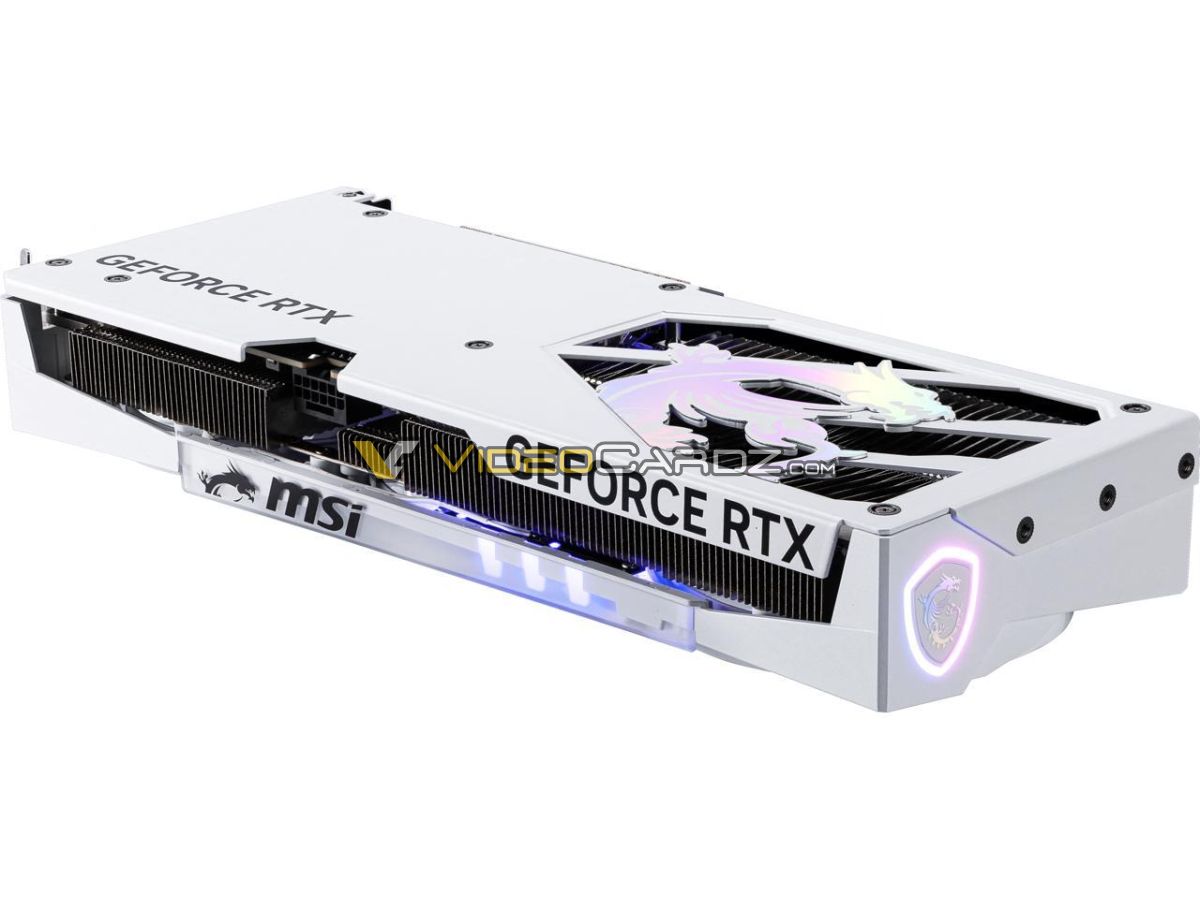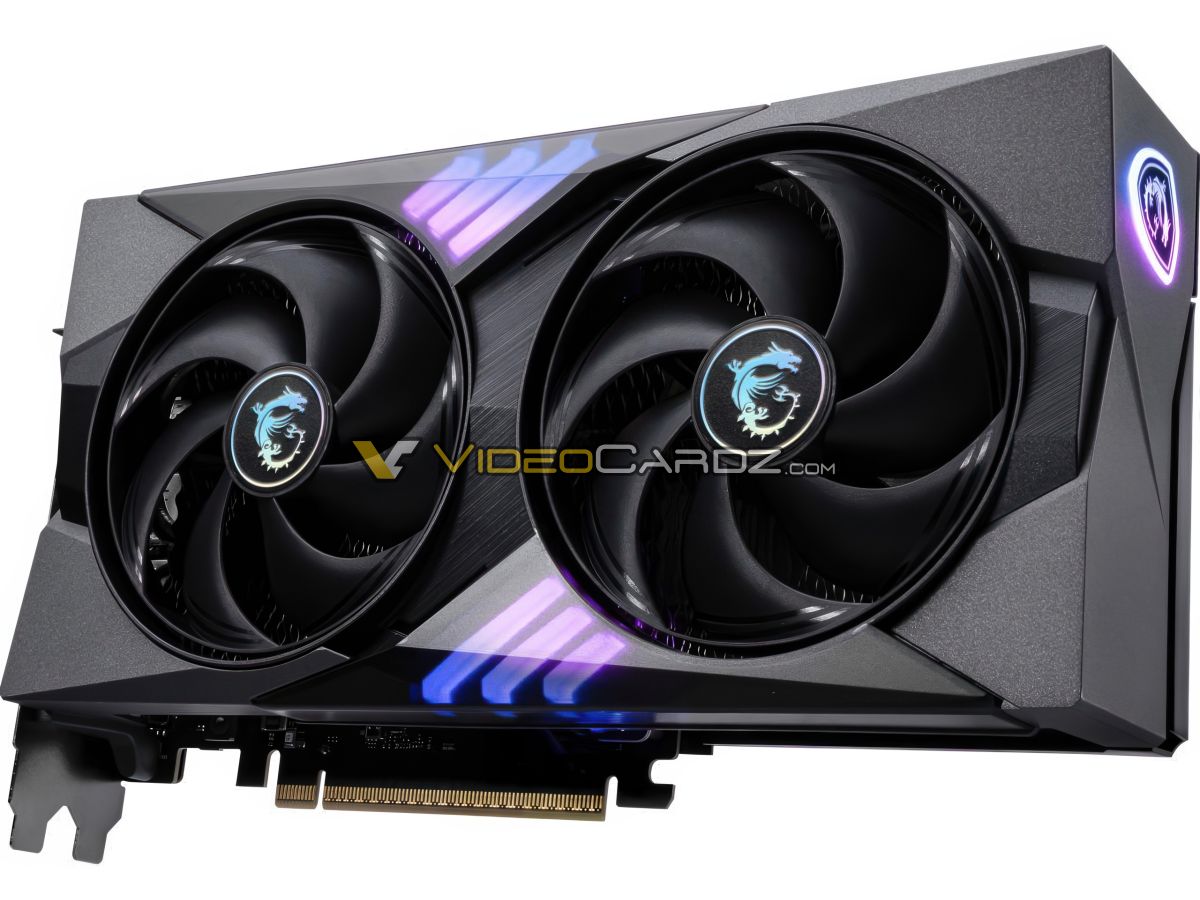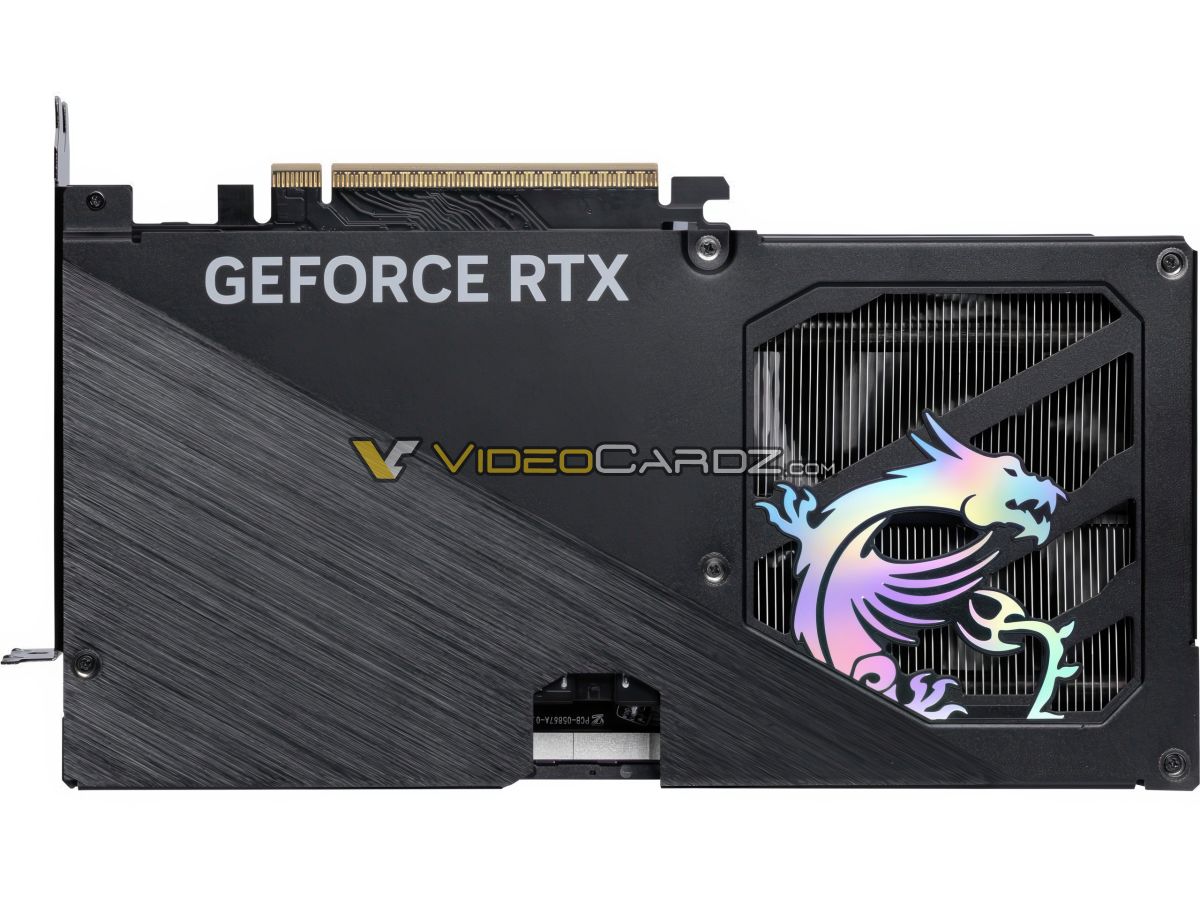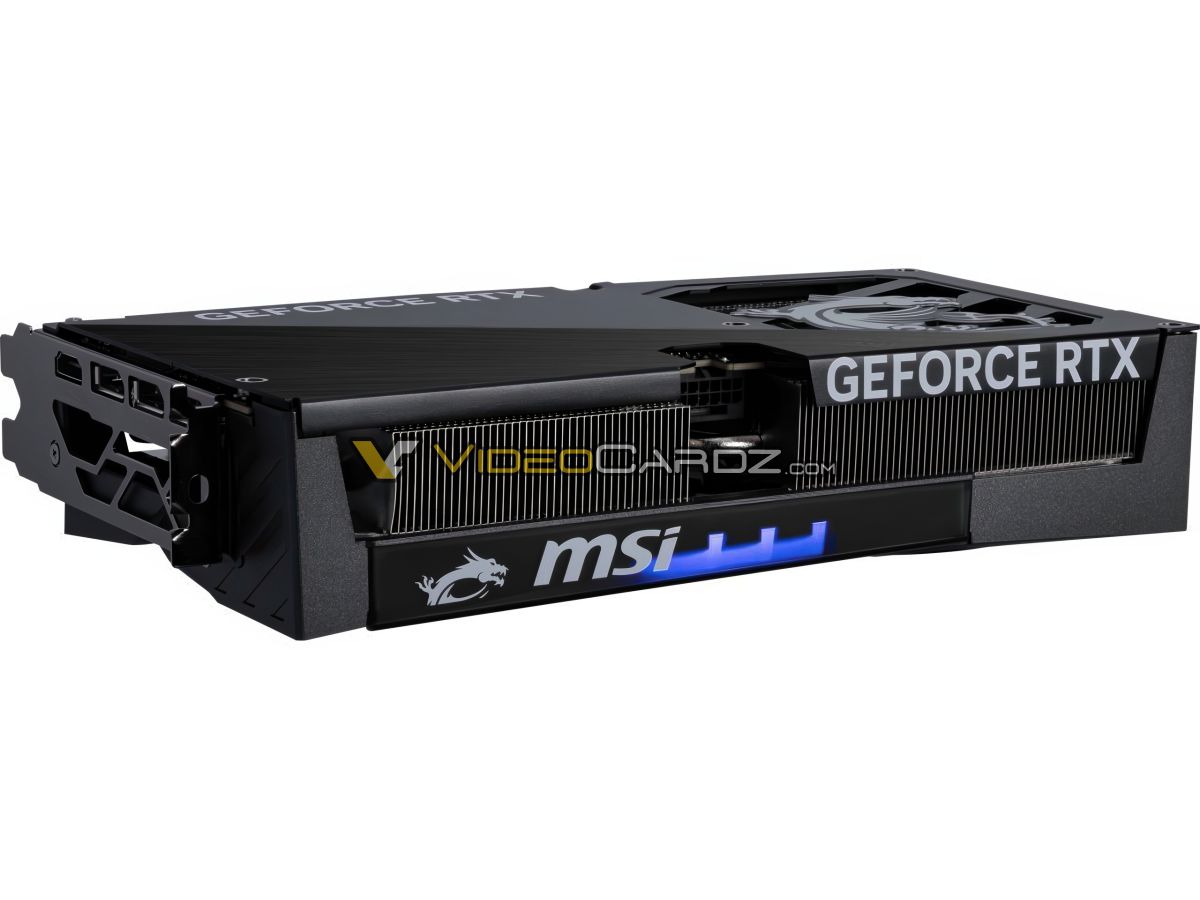Nvidia is preparing to launch theGeForce RTX 5060 Tito compete with AMD and thebest graphics cardson the market. Meanwhile,VideoCardzhas leaked various custom models from MSI, displaying the use of a16-pin (12VHPWR) power connector.
The GeForce RTX 5060 Ti is a forthcoming midrange gaming GPU from Nvidia, expected to have a 180W TDP. A single 8-pin PCIe power connector, capable of providing up to 150W, is more than adequate for the GeForce RTX 5060 Ti since it can draw an additional 75W from the PCIe slot, resulting in a combined total of 225W. It’s impossible to tell from the leaked renders if MSI utilizes the original 12VHPWR or the revised12V-2x6connector, but it should be the latter.

Utilizing a 16-pin power connector on a GeForce RTX 5060 Ti seems unnecessary, as theBlackwell-powered graphics card doesn’t even use a third of the power connector’s capacity. While some might suggest that MSI opted for the 16-pin connector for better cable organization, the visual distinction between a standard 8-pin PCIe power connector and a 16-pin one is minimal since both configurations ultimately require a single power cable.
At any rate, consumers shouldn’t have to worry about the probability of the 16-pin power connectormeltingsince a GeForce RTX 5060 Ti pulls nowhere near the same amount of power as aGeForce RTX 5090orGeForce RTX 4090.
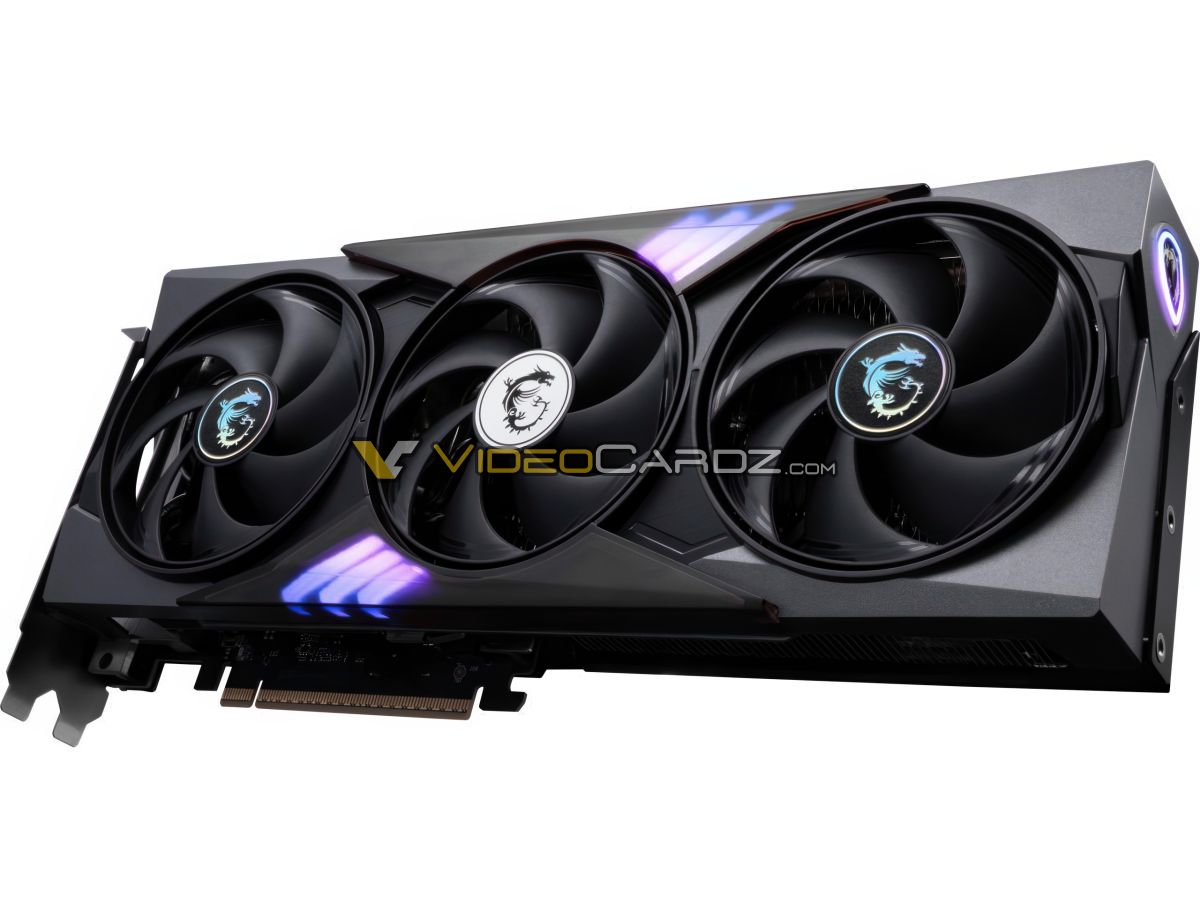
16-pin
3 x DisplayPort 1.2b, 1 x HDMI 2.1b
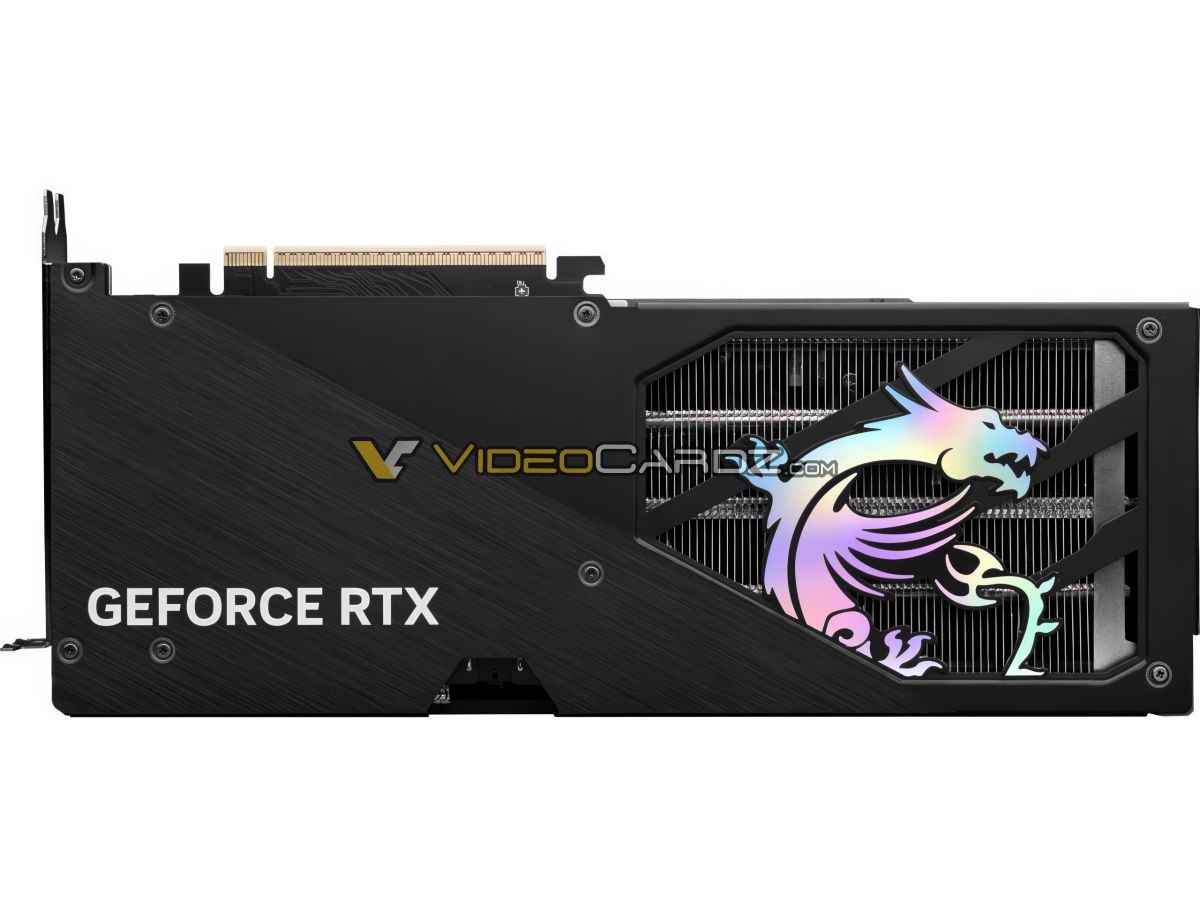
8-pin
Dual Fans
We can only speculate why MSI used a 16-pin power connector on a 180W graphics card. It’s plausible that the company is recycling a previous PCB design for the GeForce RTX 5060 Ti, which would explain the presence of a 16-pin power connector. Alternatively, the custom model from MSI may feature an exceptionally high factory overclock that justifies the 16-pin power connector.
MSI seem to have four custom GeForce RTX 5060 Ti graphics cards ready for the market. The GeForce RTX 5060 Ti Gaming Trio, available in black or white, is the flagship model with a triple-fan cooling system, while the GeForce RTX 5060 Ti Gaming leverages a dual-fan cooler. The trio of SKUs employs the 16-pin power connector. The GeForce RTX 5060 Ti Inspire 2X appears to be the only SKU with the 8-pin PCIe power connector.
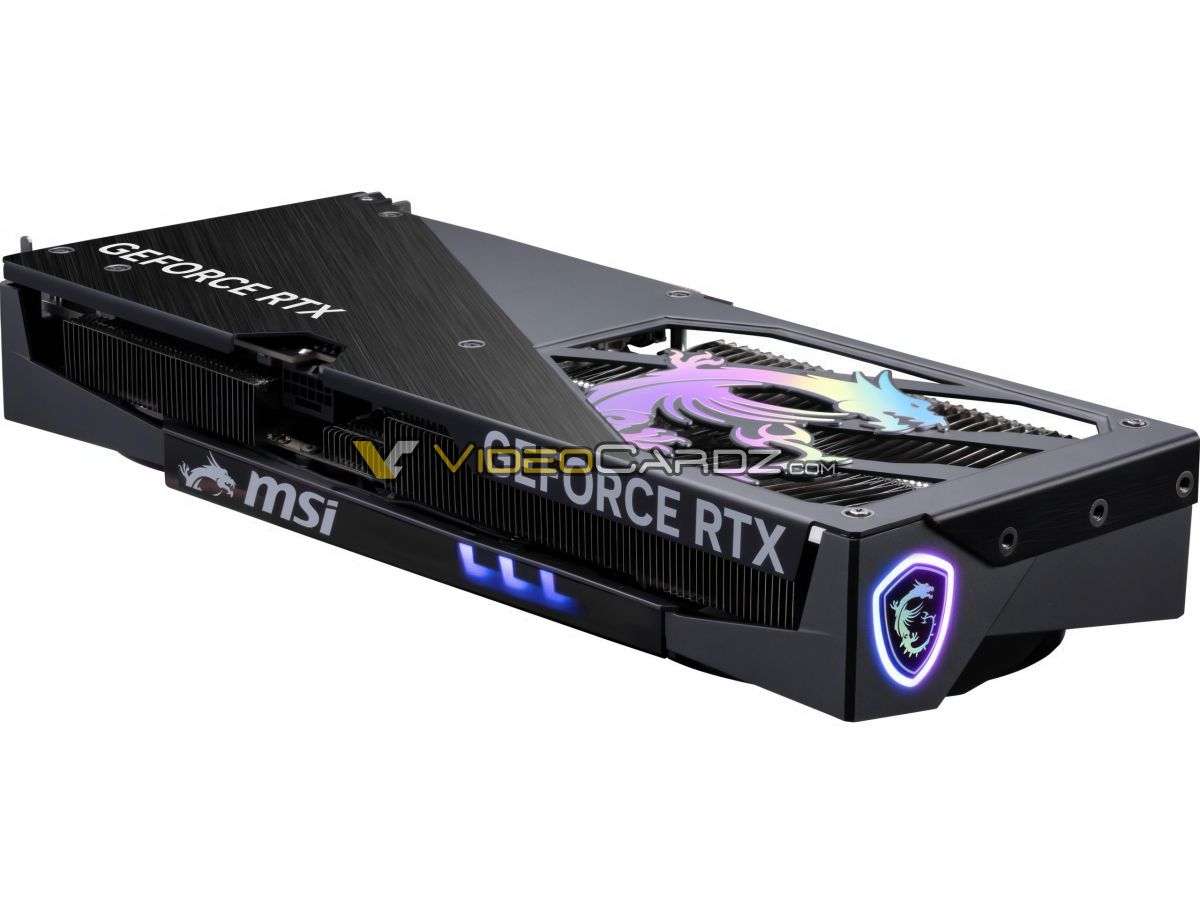
Nvidia’s mainstream Blackwell graphics cards offer PCIe 5.0 support, though this interface is overkill for gaming purposes. The GeForce RTX 5060 Ti will also support PCIe 5.0, but with a twist. The MSI renders indicate that the GeForce RTX 5060 Ti, which reportedly utilizes the GB206 silicon, features a PCIe 5.0 x8 connection to communicate with the motherboard.
Get Tom’s Hardware’s best news and in-depth reviews, straight to your inbox.
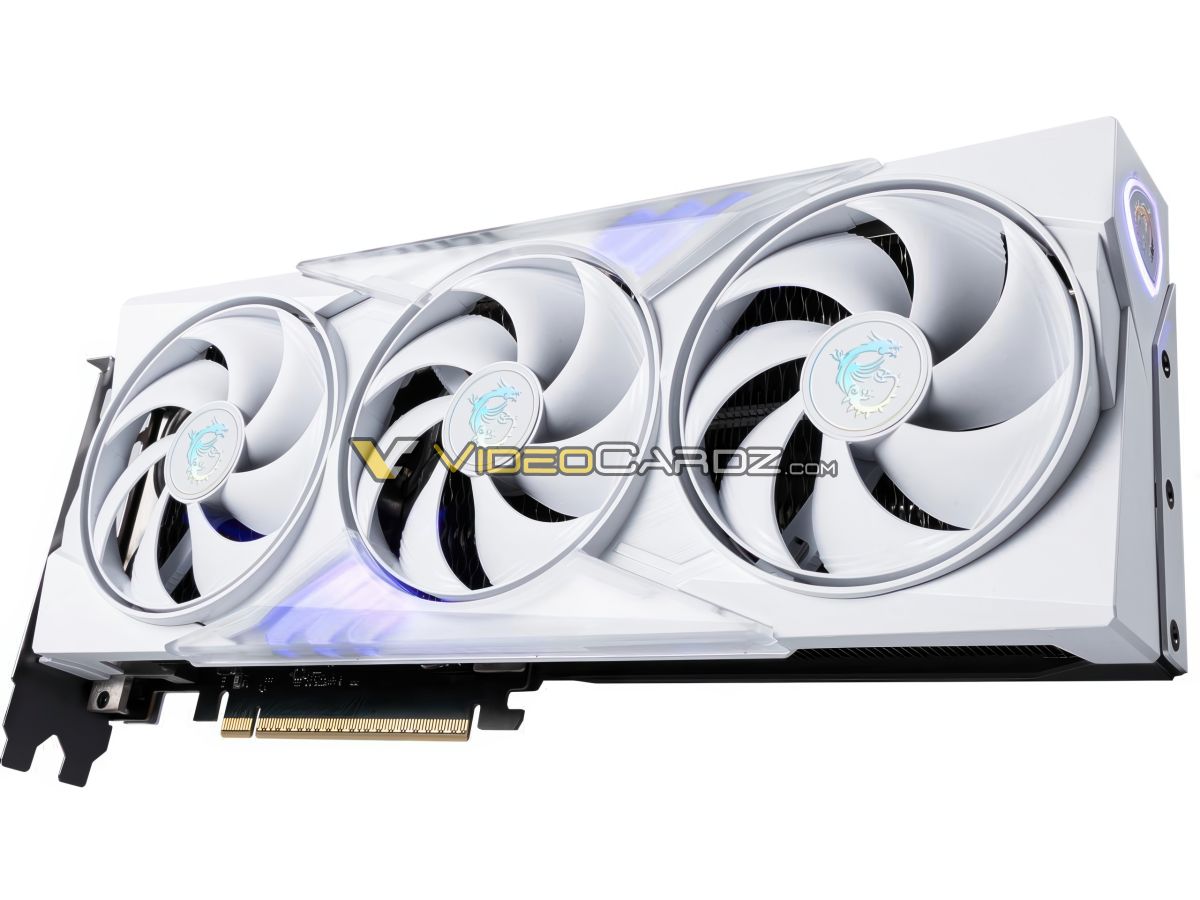
It doesn’t come as a shock that Nvidia’s x060-class graphics cards, such as theGeForce RTX 4060andGeForce RTX 4060 Ti,along with AMD’sRadeonRX x600 models like theRadeon RX 6600orRadeon RX 7600, came with an x8 electrical PCIe interface. Graphics cards in this tier are typically not fast enough to merit an x16 connection, and an x8 connection somewhat helps reduce manufacturing cost.
While the 16-pin power connector has proven problematic, it’s here to stay. Currently AMD continues to cling to the 8-pin PCIe power connectors for its currentRDNA 4graphics cards, at least one manufacturer,Sapphire, has put a 16-pin power connector on aRadeon RX 9070 XT.Some high-end power supplieshave already started to decrease the number of 8-pin PCIe power cables in favor of the 16-pin.
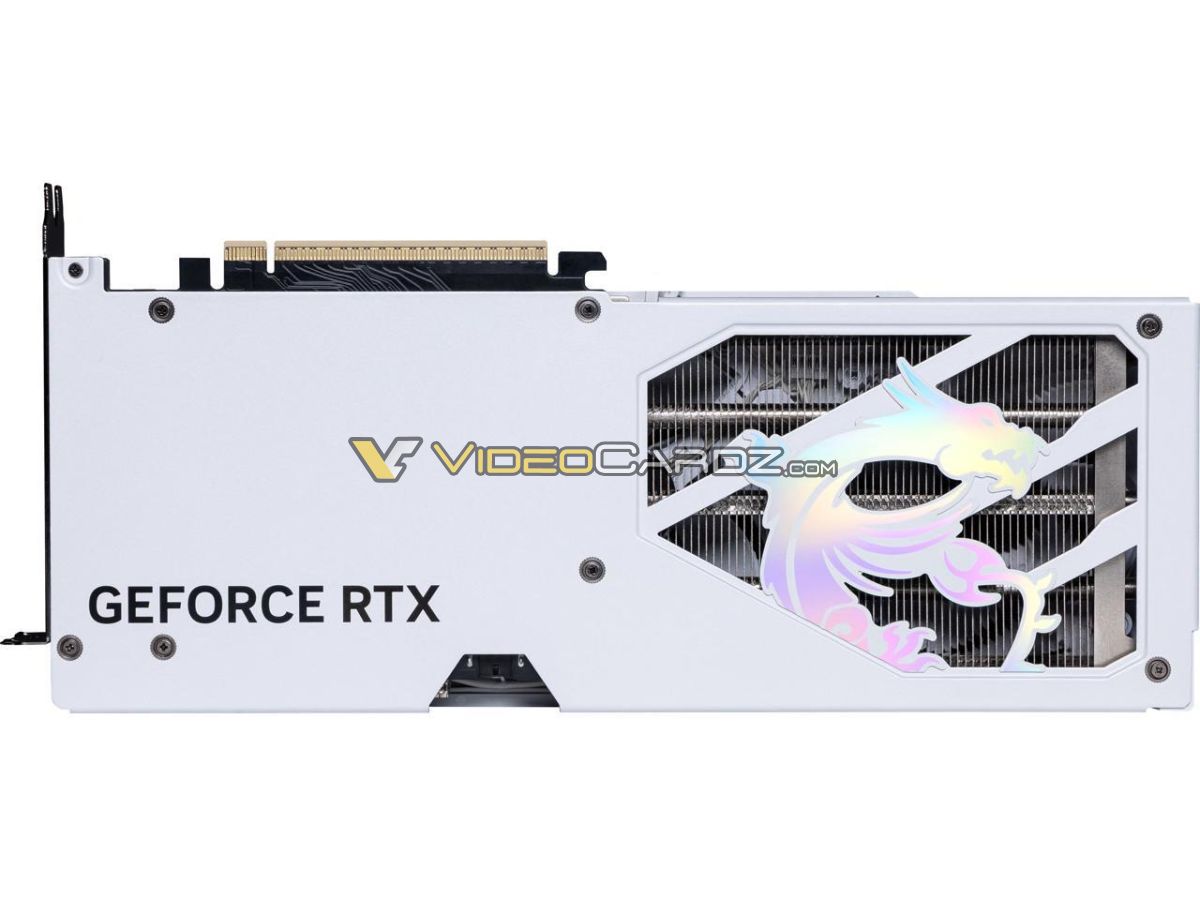
Zhiye Liu is a news editor and memory reviewer at Tom’s Hardware. Although he loves everything that’s hardware, he has a soft spot for CPUs, GPUs, and RAM.
